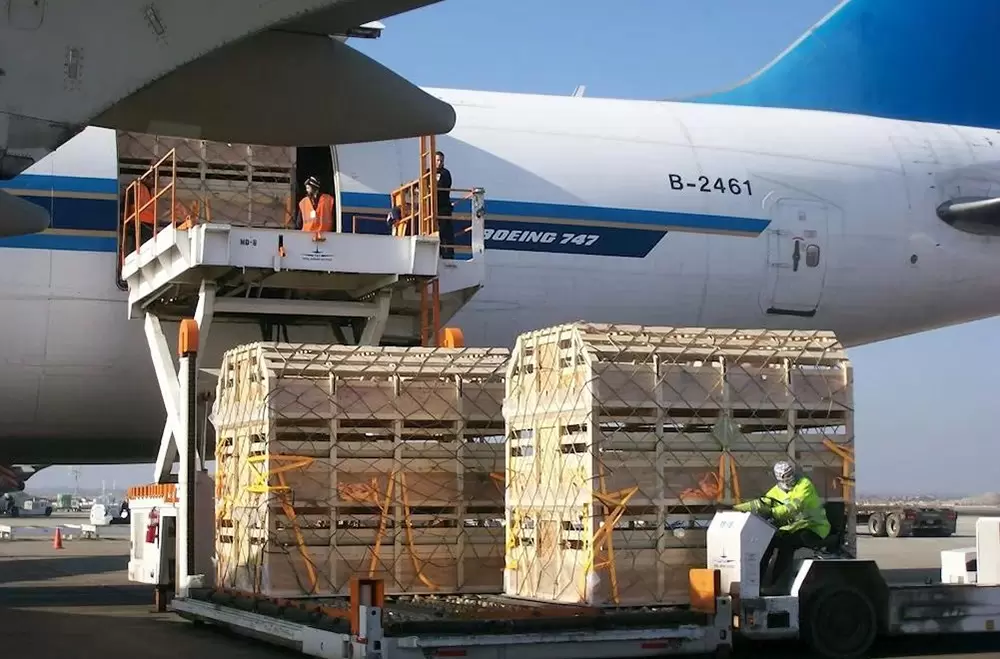Transportation is an essential aspect of modern society, facilitating the movement of people, goods, and services across the globe. However, it is not without its challenges. In this blog post, we will delve into the intricate web of transportation problems that plague nations worldwide. From congested roadways to inadequate infrastructure, we will explore the multifaceted issues and potential solutions that can help alleviate these problems.
- Congestion: A Global Gridlock
One of the most pressing transportation problems worldwide is traffic congestion. Rapid urbanization, population growth, and inadequate road networks have resulted in gridlock in many cities. This issue not only leads to wasted time and increased fuel consumption but also negatively impacts the environment. Innovative solutions such as intelligent transportation systems, congestion pricing, and improved public transportation can help alleviate this problem. - Insufficient Infrastructure: Building the Path to Progress
Insufficient infrastructure poses a significant challenge to transportation systems globally. Inadequate road networks, outdated railway systems, and limited access to ports hinder efficient movement of goods and people. Governments and organizations must invest in infrastructure development, including the construction of new roads, bridges, and railways, to enhance connectivity and promote economic growth. - Environmental Impact: Paving the Way for Sustainable Transportation
Transportation is a major contributor to greenhouse gas emissions and air pollution. As the world grapples with climate change, finding sustainable transportation solutions becomes imperative. Electric vehicles, improved public transportation systems, and the integration of alternative fuels can help reduce the environmental impact of transportation and create a greener future. - Safety Concerns: Navigating Towards Safer Journeys
Transportation safety is a global concern, with accidents and fatalities occurring daily. Road accidents, inadequate safety regulations, and lack of driver education contribute to this problem. Governments and organizations must prioritize safety measures, including stricter traffic laws, improved infrastructure design, and public awareness campaigns to ensure safer journeys for all. - Accessibility and Equity: Bridging the Gap
Transportation inequality is a prevalent issue, particularly in developing countries and marginalized communities. Limited access to transportation options hampers economic opportunities, healthcare access, and social mobility. Initiatives such as affordable public transportation, inclusive infrastructure design, and targeted policies can bridge this gap and create a more equitable transportation system.
Conclusion:
The worldwide transportation problems discussed above highlight the need for comprehensive and sustainable solutions. Governments, organizations, and individuals must collaborate to address congestion, improve infrastructure, reduce environmental impact, enhance safety, and promote accessibility. By embracing innovation, investing in infrastructure, and prioritizing sustainability, we can pave the way for a more efficient, equitable, and environmentally friendly transportation system globally.



